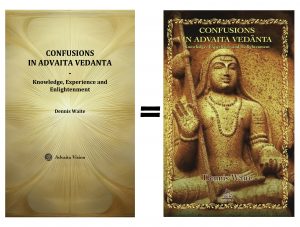*** Go to Part 1 *** *** Go to Part 6 ***
Q: I am specifically interested in the status of ‘consciousness’ with respect to a severed head. Let’s assume that it still has functional eyes/ears/nose and effective speech via a computer interface. I am also not interested in whether we call it a ‘person’ or the same person from whose head it came. Presumably, if we are able to communicate with it, we assume that it is ‘alive’ in the usually accepted sense? And ‘conscious’?
A: Short answer up front: If the severed head contains a living brain whose thalamocortical systems and integrative processes are functioning, and it reliably reports experiences and behaves as if awake, then — by the standard neuroscientific and most contemporary philosophical criteria — we would have strong reason to treat it as conscious. There remains, however, an unavoidable epistemic gap (we infer another’s subjective experience from behaviour and neural markers), so certainty is never absolute. Below I set out the reasons, the tests one could run, how different philosophical theories read the case, and the remaining uncertainties.
Continue reading

